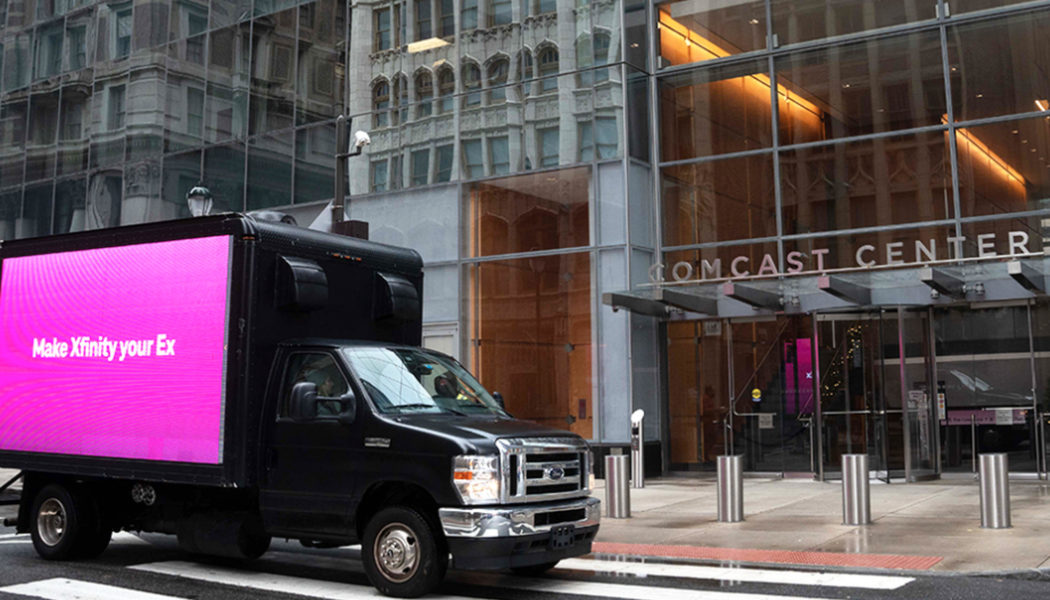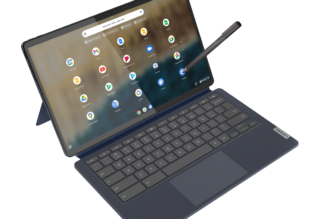The company has doubled down on 5G fixed wireless broadband and is literally driving the point home.
/cdn.vox-cdn.com/uploads/chorus_asset/file/24303846/nr_hero_XfinitiyEx_V1_12_16_22_1250x615.png)
From the minds that gave us 5G gin comes T-Mobile’s latest publicity grab: a truck driving in circles around Comcast’s headquarters in Philadelphia with a message reading: “Make Xfinity your ex.”
This oh-so-subtle messaging comes with an offer to Comcast customers, tempting them to switch to T-Mobile’s 5G home internet service for $25 per month (provided you have a “qualifying voice line”). It also underscores just how important fixed wireless broadband is to T-Mobile as it looks for ways to capitalize on its early lead in 5G and take a bite out of the cable company’s home internet business.
Some of T-Mobile’s interest in home internet is thanks to a condition of its Sprint acquisition. In exchange for reducing our wireless carrier competition, the company promised the FCC that it would offer inexpensive wireless internet to half of the US population by 2025. But it’s not all about merger promises — in its last earnings release, T-Mobile cited home internet as a successful tool in attracting new customers and increasing its average revenue per account. That’s finance speak for “making more money off of you.”
T-Mobile has taken aim at a particularly easy target in Comcast. For starters, Comcast’s MVNO wireless service runs on a competitor’s network: Verizon. Comcast is also, as T-Mobile likes to point out, consistently rated with a negative Net Promoter Score. Hating Comcast is as natural to most Americans as hating the Patriots.
At last count, T-Mobile had over 2 million home internet customers, but there’s still quite a ways to go; the company hopes to have 7 to 8 million subscribers by 2025. And in our testing, 5G home internet was promising but ultimately too unreliable where we tried it out. No amount of billboard trucks will save a bad service.









